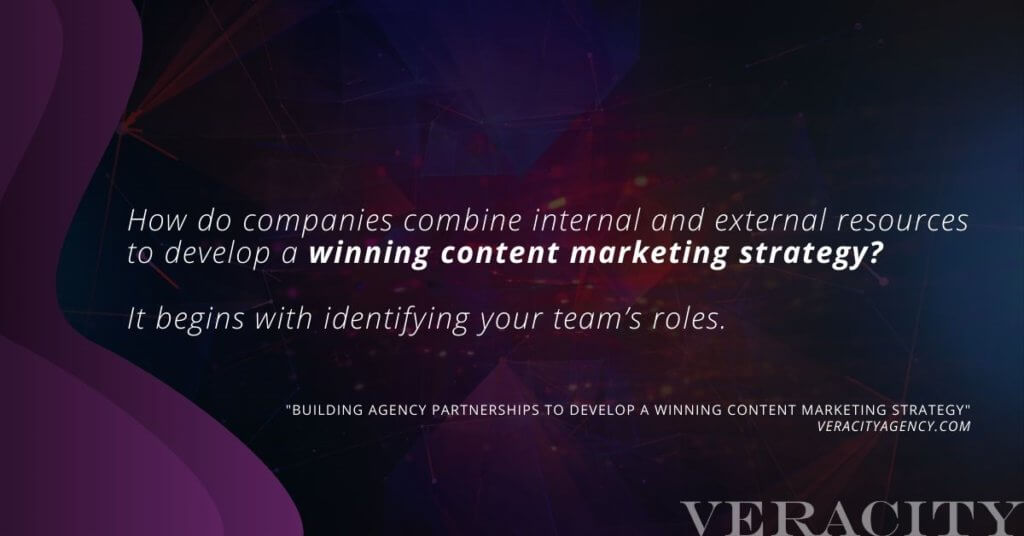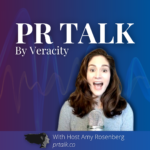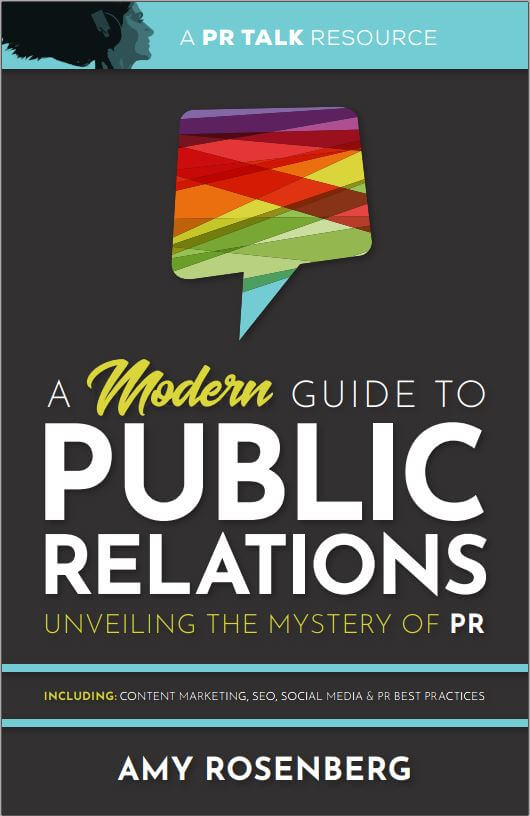Imagine you’re sitting in a room with 100 televisions that are all turned on at once. What would it take for just one of those televisions to capture your attention amidst all the chaos? Something pretty special, right? That’s the challenge facing most marketing teams these days. Everyone’s busy creating content, which adds an incredible amount of background noise to the digital world. In this environment, it’s difficult for any single message to breakthrough.
This problem becomes even more acute for small companies that don’t have the resources to build highly skilled in-house content marketing teams. As a result, small firms either find novel solutions to close this skills gap or risk being left behind by their competitors.
Developing External Partnerships
One common strategy many smaller companies use to find content marketing support is to partner with an external agency. While this approach can be incredibly effective, it still requires strong in-house leadership capable of identifying internal strengths and deficits, delegating responsibilities to external partners and uniting both sides to pursue meaningful shared goals. So how do companies combine internal and external resources to develop a winning content marketing strategy? It begins with identifying your team’s roles.

Common Content Marketing Roles
Before a company engages with an external agency, it should look internally to assess what resources it already has, their bandwidth for taking on content marketing duties and what skills they lack. At the end of this audit, a company should have a clear idea of the help it needs from its agency partner and how the two sides could potentially collaborate. Here are the most common roles companies will need to fill:
Leadership
A great place to begin this audit is by identifying who’s leading the content marketing efforts. This person’s title could be different depending on the size of the organization. However, their job responsibilities should be dedicated to marketing.
This internal marketing leader will drive strategy, define relevant goals and oversee internal and external resources. As such, they will ideally have direct access to executive-level leadership to gain insight into company performance and planning.
Strategy
Content marketing strategists perform many critical roles. First, they define what the team is trying to accomplish and what tactics it will use to reach its goals. Strategists understand what internal resources are available, how to deploy content to reach an intended audience and how to tweak content based on success, failure or changing business conditions. Successful strategists also understand what a company’s target audience wants or needs and the type of content they’re most likely to share.
Production
Individuals with production skills use visual and written information to create helpful marketing content. These skills usually fall into three different categories:
- Copywriting: These producers write short or long-form content across various mediums, including social media posts, video scripts, white papers and more. It’s valuable to have multiple copywriters, if possible, because they often have different strengths and weaknesses.
- Designers: Graphic designers who can create a consistent look and feel for their brand across many different content categories are very valuable team members. Designers and copywriters often collaborate closely on content production.
- Internal Experts: This internal resource provides the topics, facts and statistics other producers use to create compelling marketing content. Typically internal experts are high-level employees like CEOs or other product and service experts. However, some companies use lower-level employees as internal experts to build them up as thought leaders or position them for speaking or webinar roles.
Distribution
Once a content team has created something, they need to put it where people can see it. This is where the distributors come in. Content channels typically fall into three broad categories:
- Owned media includes assets the company controls like its website, blog, social media properties or email newsletter.
- Earned media, also known as public relations (PR), places company-created content in third-party channels like television, newspapers, industry publications and podcasts.
- Paid media includes social media and pay-per-click (PPC) advertising.
The distributors include many different roles, from PR professionals to the website team to search engine marketing specialists and more. How they distribute content will depend on the marketing strategy and where the audience for a specific piece of information lives. Strategists and distributors often work together closely to create this plan of attack.
How Does an Agency Fit In?
Now that you’ve identified the roles you can fill internally and those you’ll need to outsource, you can choose your agency partner. Most agencies can fill any of the functions listed above. However, some agencies specialize in one particular area over another, like PPC or PR. The good news is that you don’t have to turn everything over to the agency. You can mix your skills with theirs until you find the right formula for shared success.
If you’re building a content marketing operation from scratch, an agency partnership may also help determine what roles you hire internally. For example, suppose your agency partner has copywriting resources. In that case, you might choose to hire a versatile designer who can contribute in other parts of your business rather than a more specialized content producer.
Most importantly, agency partnerships enable businesses to stay flexible based on their needs, goals and internal resources. Agencies can also help companies to scale when new marketing demands outstrip existing capabilities.
Built for Success
Creating compelling content marketing resources is critical for businesses to get the word out about their products and services. Agency partnerships help those businesses develop more sophisticated content that reaches their target audience more effectively. These partnerships are also often less expensive than bringing the necessary skills and resources in-house.
So if you’re considering engaging with an external agency, assess the skills you have first and then consider how your agency partner can augment the skills you may be missing. By staying flexible and communicating clearly, you can benefit from your agency partner’s resources and expertise to develop a successful content marketing strategy.










I am a real estate brokerage agent how can i use this strategy in using this in my business in India?